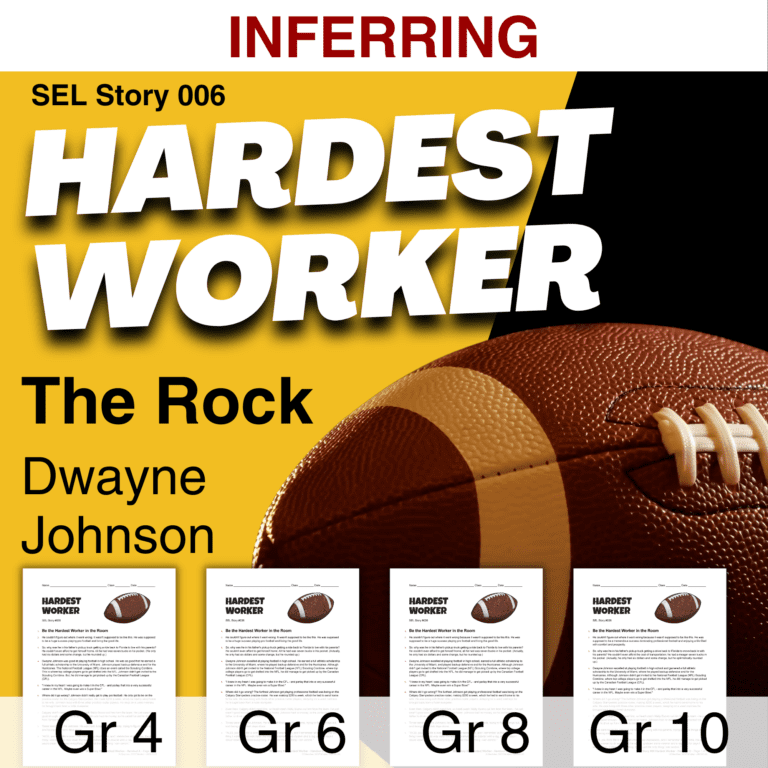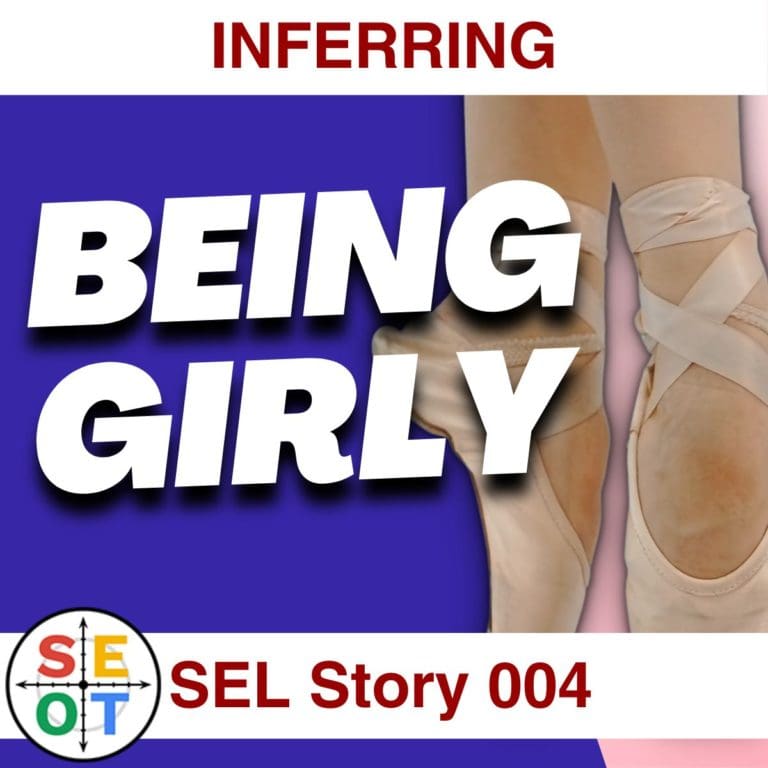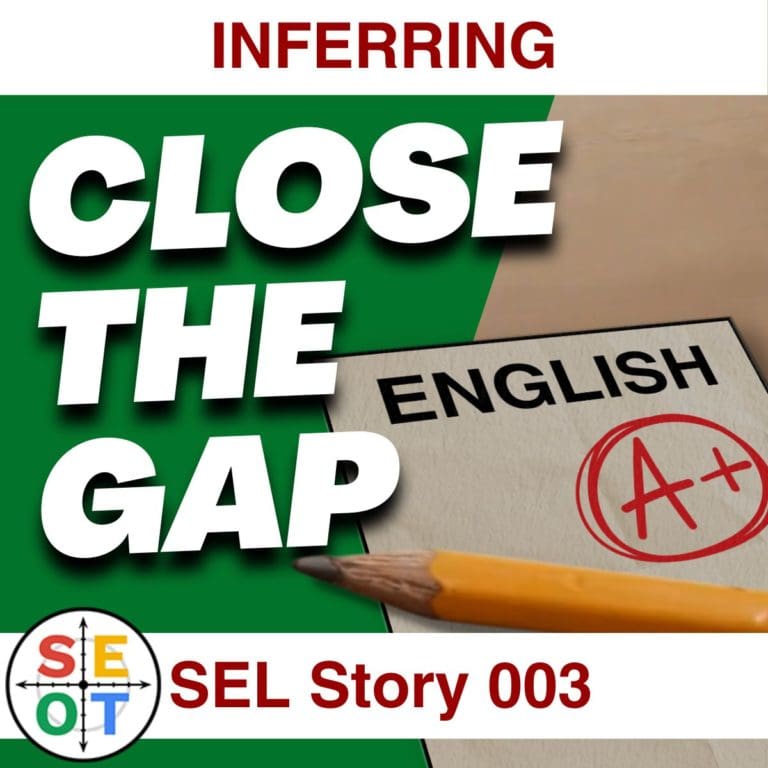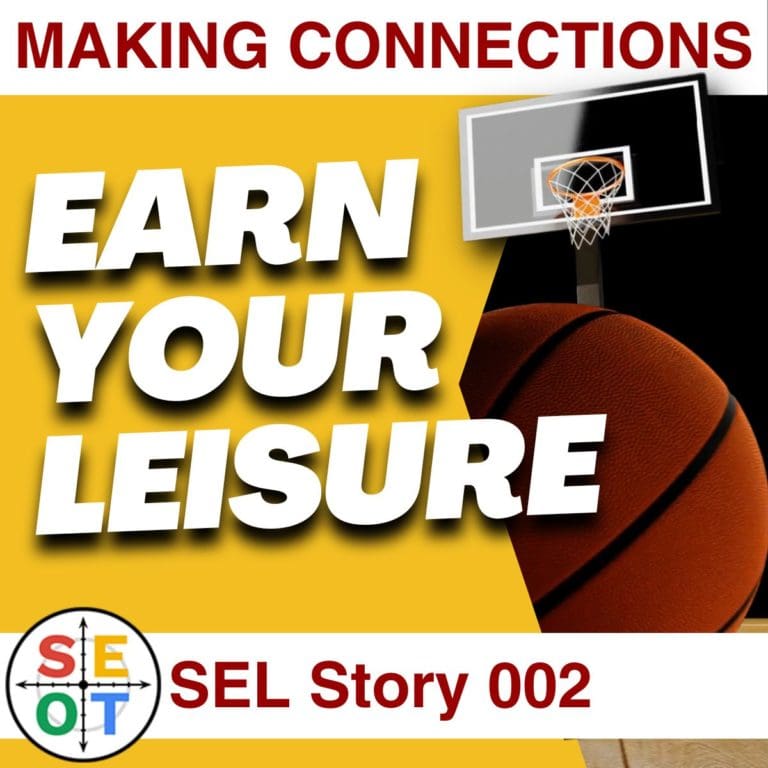What if I took it off for you? Reading Response Passage
This singer / songwriter wonders if she took it off for you, would people like her better?
What are we talking about?
Can your Middle School and High School students infer based on clues from the text?





